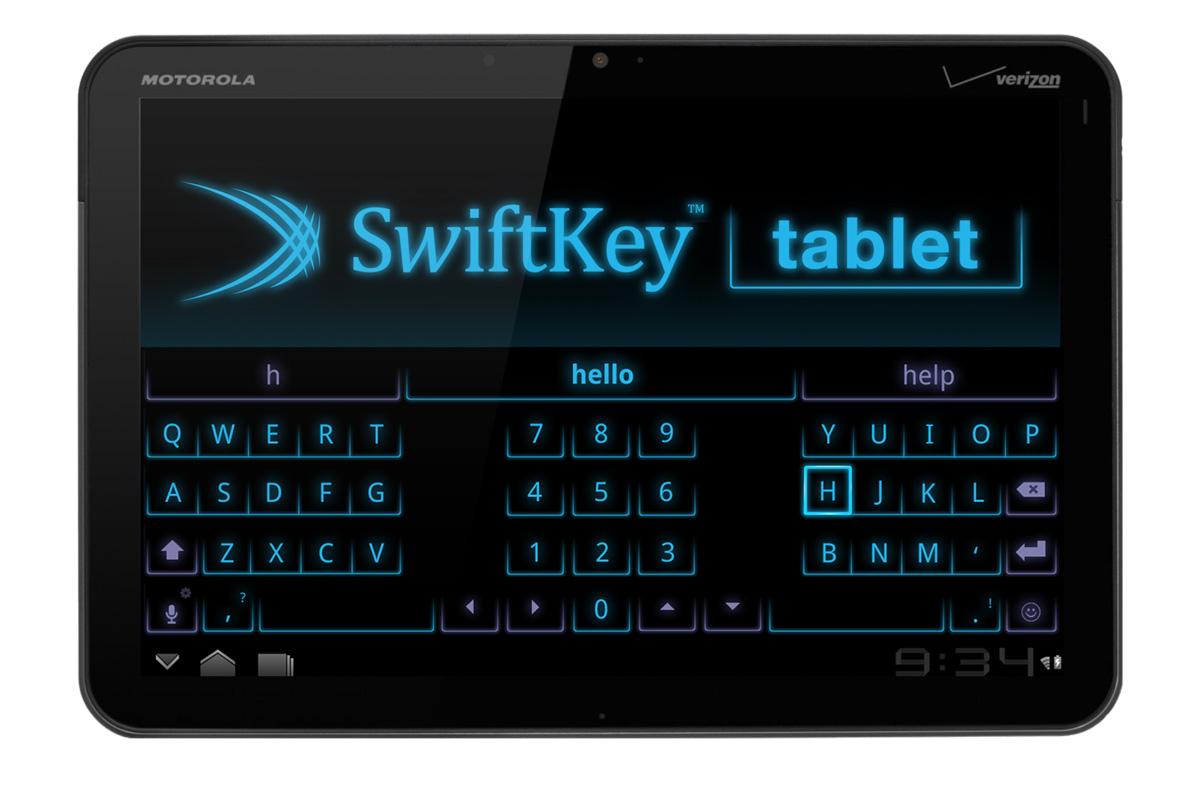
Google Gboard
Google Gboard ranks among the most popular keyboard apps for Android tablets. Often pre-installed on many devices, it can also be easily downloaded from the Google Play Store. Gboard offers a variety of features that enhance productivity and efficiency.
Key Features of Gboard
- Integrated Google Translate: Translate text directly from the keyboard, useful for travelers or multilingual communication.
- Quirky Emojis: Emoji Kitchen lets users create custom emojis by combining existing ones, adding a fun touch to messaging.
- Voice Input: Supports voice input, ideal for those who prefer dictating messages.
- Handwriting Recognition: Allows writing messages using a stylus or finger.
- Gesture Typing: Enables typing by swiping fingers across the screen.
- Custom Themes: Offers various themes for keyboard customization.
- Clipboard: Includes a clipboard feature for easy pasting of copied text.
- Google Password Manager: Integrates with Google's password manager for secure password storage.
Pros and Cons of Gboard
Pros:
- Feature-Rich: Extensive features cater to different user preferences.
- Customization Options: Ample customization options, including themes and layout adjustments.
- Integration with Google Services: Seamless integration with services like Google Translate and Google Password Manager.
Cons:
- Resource Intensive: May be resource-intensive, especially on older devices.
- Learning Curve: Gesture typing can take time to master.
Microsoft SwiftKey
Microsoft SwiftKey has long been a favorite among Android users. With over 1 billion downloads, it offers robust features suitable for tablet users.
Key Features of SwiftKey
- AI-Powered Predictive Text: Uses AI to predict words, reducing manual corrections.
- Multi-Language Support: Supports over 700 languages, ideal for multilingual users.
- Theme Customization: Offers more than 100 themes for personalization.
- Split Keyboard Mode: Useful for tablet users, enabling efficient one-hand typing.
- Learning Dictionary: Adapts to typing habits over time, improving predictions.
Pros and Cons of SwiftKey
Pros:
- Efficient Predictive Text: AI-powered feature speeds up typing.
- Customization Options: Extensive theme customization.
- Multi-Language Support: Versatile for multilingual communication.
Cons:
- Resource Intensive: Can be demanding on older devices.
- Language Change Delay: Slight delay when switching languages.
Samsung Keyboard
Samsung Keyboard is popular among users of Samsung devices, offering features tailored specifically for them.
Key Features of Samsung Keyboard
- Split Mode: Allows efficient one-hand typing, especially in portrait orientation.
- Floating Mode: Lets users place the keyboard anywhere on the screen.
- Customization Options: Includes themes and layout adjustments.
- AI-Powered Predictions: Improves typing efficiency.
- Grammarly Integration: Provides grammar corrections and suggestions.
Pros and Cons of Samsung Keyboard
Pros:
- Customization Options: Extensive themes and layout adjustments.
- Integration with Samsung Services: Works seamlessly with Samsung Pass and Samsung Search.
- Efficient Predictive Text: AI-powered predictions enhance typing.
Cons:
- Limited Availability: Primarily designed for Samsung devices.
- Swiping Consistency Issues: Some users report swiping inconsistencies.
Fleksy Keyboard
Fleksy Keyboard offers a unique typing experience with gesture-based typing.
Key Features of Fleksy Keyboard
- Gesture-Based Typing: Allows typing by swiping fingers across the screen.
- Swipe Gestures: Includes gestures for deleting, undoing corrections, and cycling through word suggestions.
- Extensions: Offers extensions for additional themes and features.
- Predictive Text: Suggests words based on typing habits.
Pros and Cons of Fleksy Keyboard
Pros:
- Unique Typing Experience: Gesture-based typing is engaging.
- Customization Options: Extensions enhance the feature set.
Cons:
- Learning Curve: Gesture-based typing takes time to master.
- Limited Availability: Not as widely available as other keyboards.
Typewise Keyboard
Typewise Keyboard stands out with its hexagonal keys and non-QWERTY layouts.
Key Features of Typewise Keyboard
- Hexagonal Keys: Designed for comfortable typing.
- Non-QWERTY Layouts: Reduces finger movement, improving efficiency.
- Typing Game: Teaches efficient keyboard use.
- Customization Options: Includes themes and layout adjustments.
Pros and Cons of Typewise Keyboard
Pros:
- Comfortable Typing Experience: Hexagonal keys and non-QWERTY layouts.
- Efficiency Improvements: Built-in game enhances typing skills.
Cons:
- Resource Intensive: Demanding on older devices.
- Limited Availability: Not as widely available as other keyboards.
Simple Keyboard
Simple Keyboard offers a minimalist approach, prioritizing typing and accessibility.
Key Features of Simple Keyboard
- Clean Design: Easy to navigate and use.
- Accessibility Features: Includes multi-touch input and multi-language support.
- Dynamic Theming: Supports various themes for personalization.
Pros and Cons of Simple Keyboard
Pros:
- Clean Design: User-friendly and straightforward.
- Accessibility Features: Suitable for users with different needs.
Cons:
- Limited Features: Lacks GIFs, emojis, and swipe typing.
- Limited Customization Options: Fewer customization options compared to other keyboards.
Final Thoughts
Choosing the best keyboard app for an Android tablet depends on individual needs and preferences. Gboard and SwiftKey offer extensive features and customization, while Fleksy provides a dynamic typing experience. For a straightforward approach, Simple Keyboard is an excellent choice. Each keyboard has its strengths and weaknesses, so consider how you plan to use your tablet to find the best fit.
